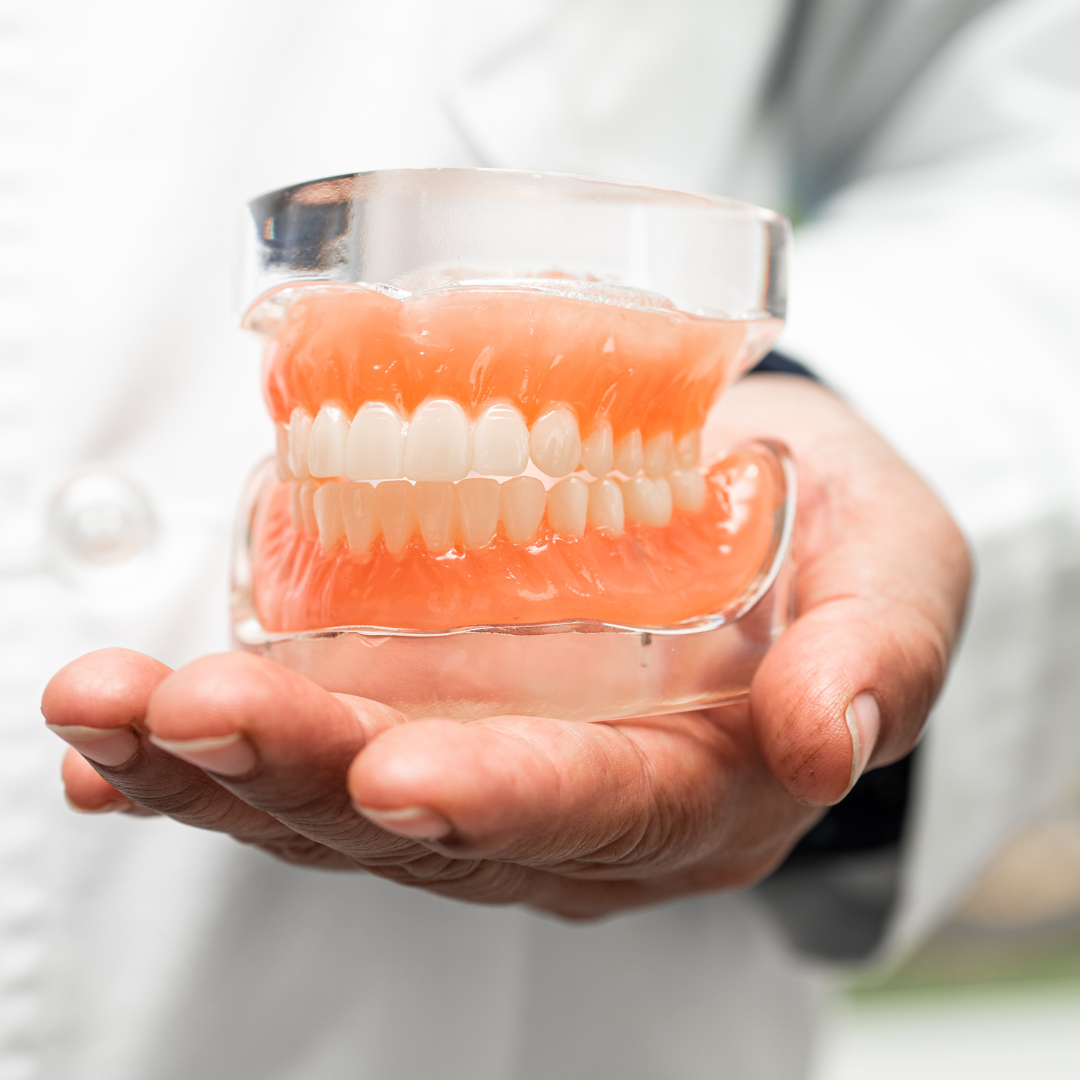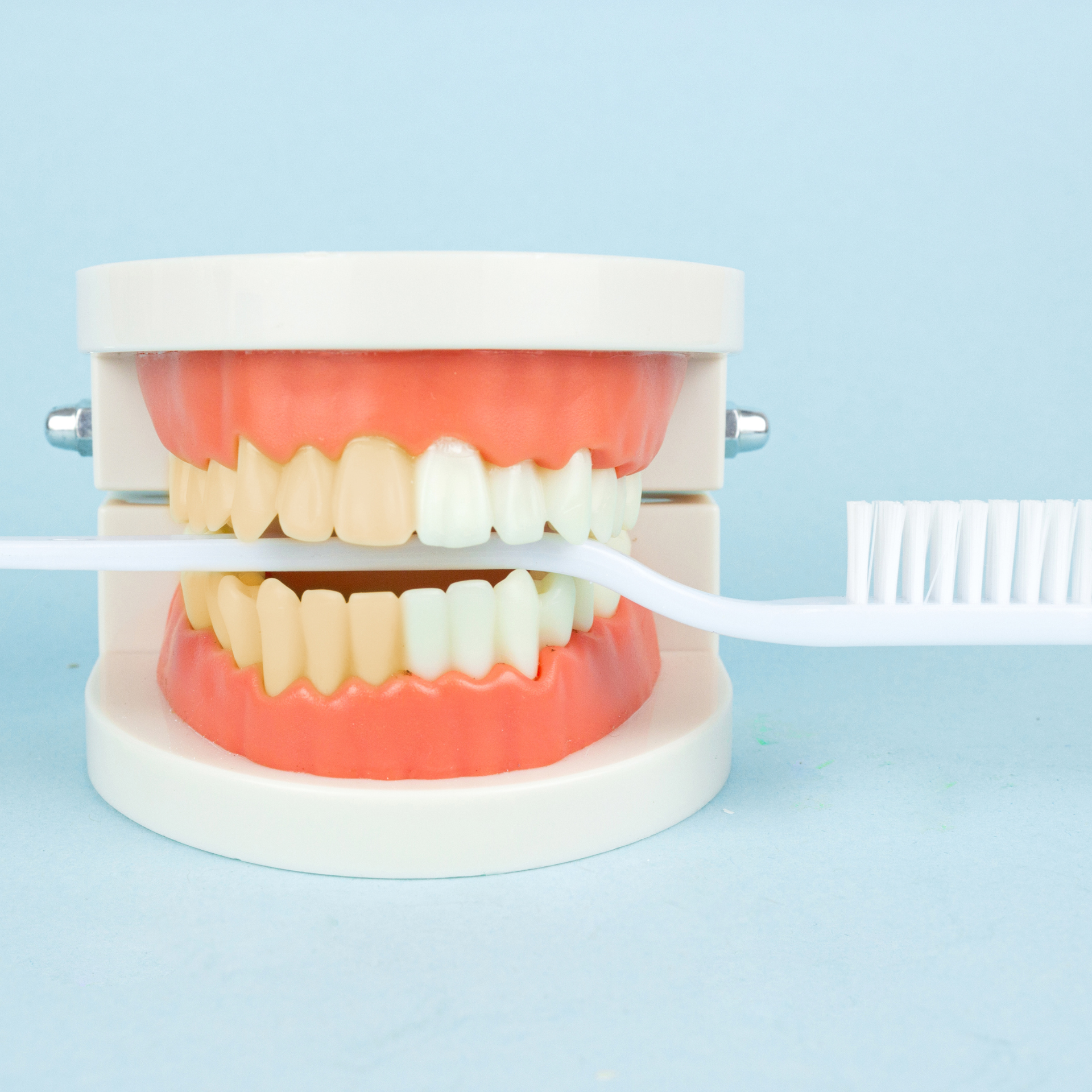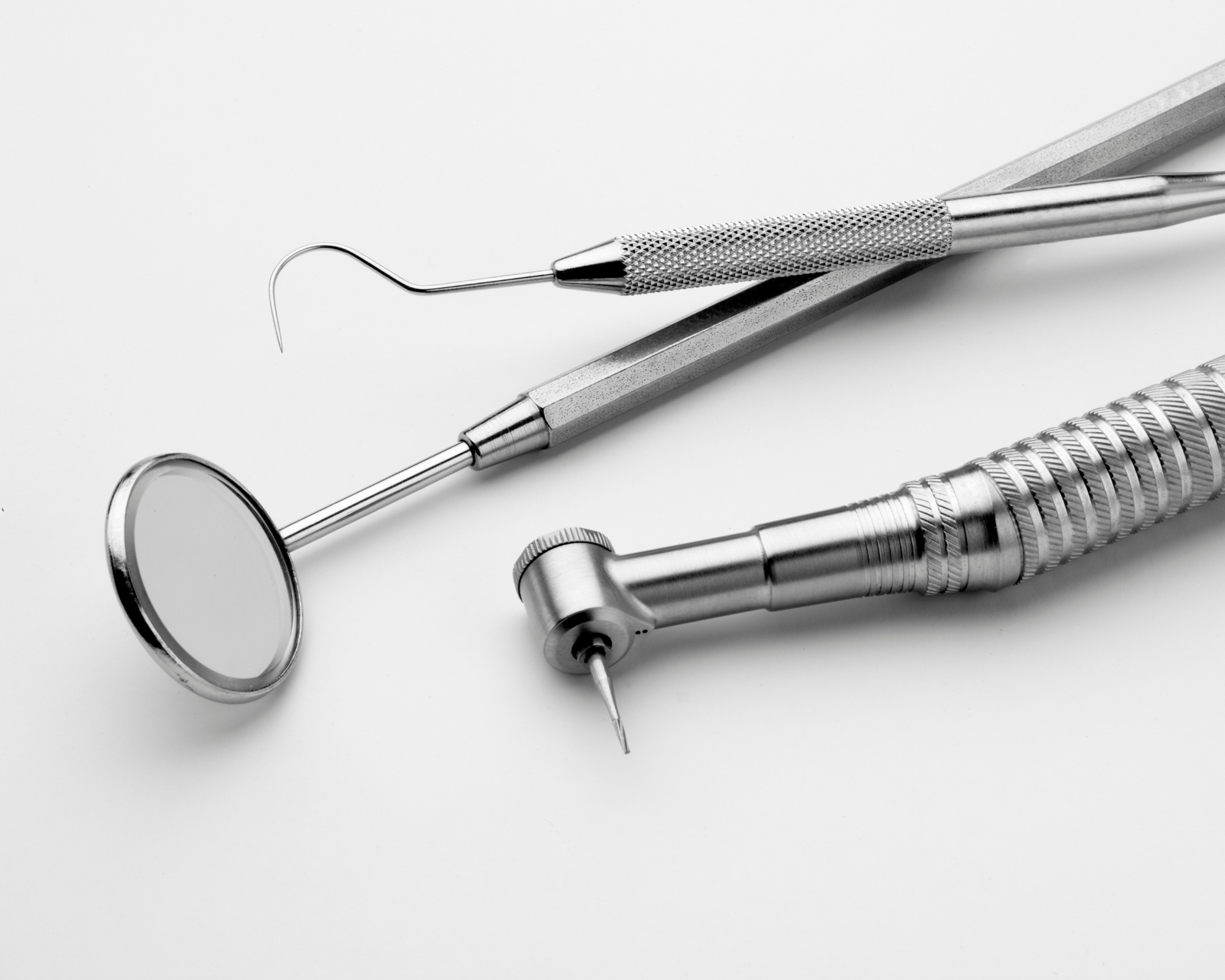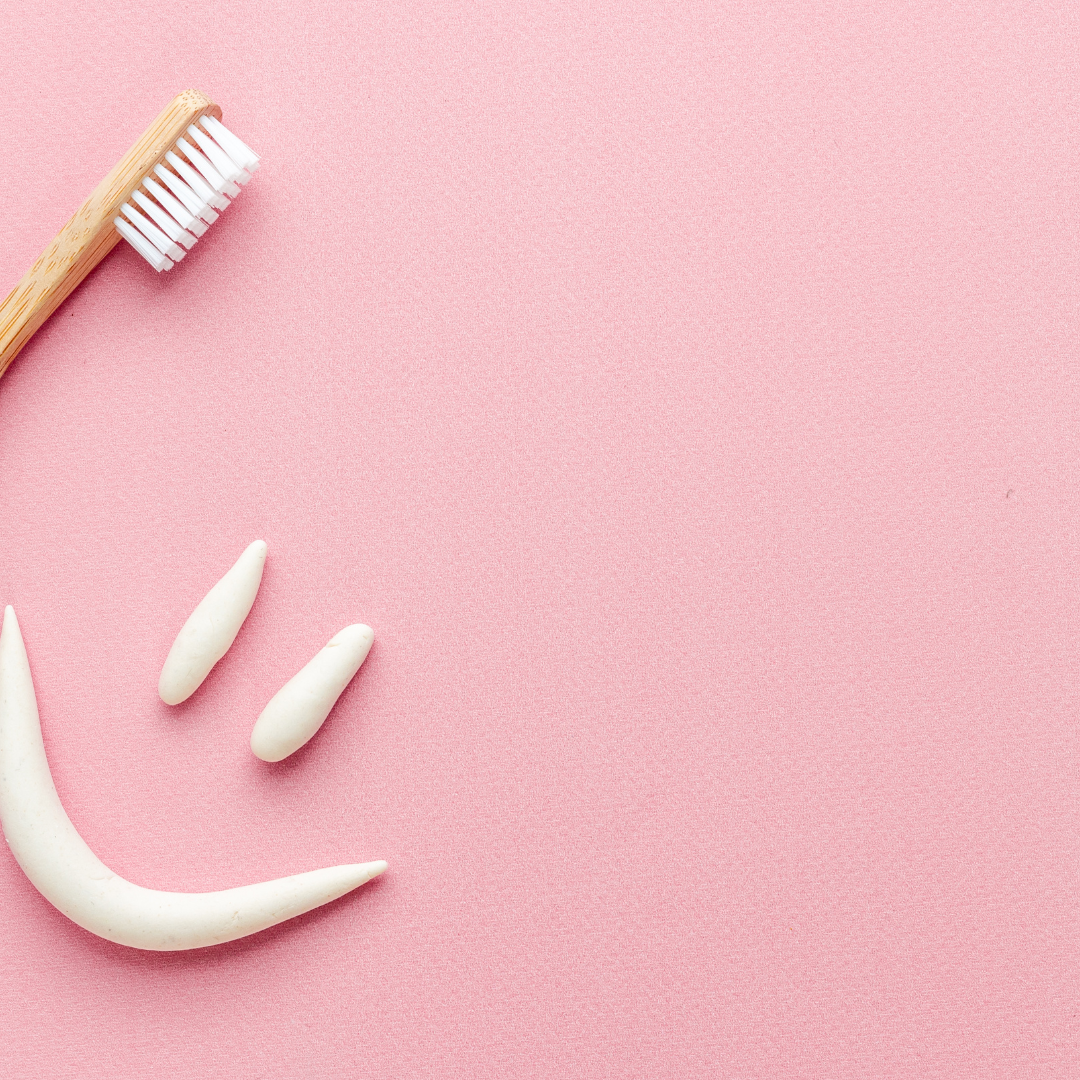
Choosing between composite fillings and amalgam fillings involves weighing several factors, including appearance, durability, cost, and potential health considerations. Both types of dental fillings have their advantages and are suitable for different situations depending on the patient's needs and preferences.
Composite Fillings:
Composite fillings are made from a mixture of plastic and fine glass particles. They are tooth-colored, which allows them to blend in naturally with the rest of the tooth. This aesthetic advantage makes composite fillings particularly popular for visible areas of the mouth, such as the front teeth or areas that are easily noticeable when smiling.
One of the primary benefits of composite fillings is their appearance. They can be matched to the natural color of your teeth, providing a seamless look that is virtually indistinguishable from the surrounding tooth structure. This cosmetic appeal is a significant factor for many patients who prioritize the aesthetics of their smile.
Composite fillings also bond directly to the tooth structure. This bond can potentially support the remaining tooth, helping to prevent breakage and insulating the tooth from excessive temperature changes. This bonding characteristic allows for more conservative tooth preparation, meaning less of the natural tooth structure needs to be removed compared to amalgam fillings.
Another advantage of composite fillings is their versatility. They can be used for both small and large fillings and can repair teeth that have chipped, broken, or worn down. The ability to bond directly to the tooth can also enhance the structural integrity of the tooth over time.
However, composite fillings do have some considerations. They are generally more expensive than amalgam fillings, partly due to the materials used and the time required for placement. They may not be as durable as amalgam fillings in large restorations or areas of the mouth that experience significant chewing pressure.
Amalgam Fillings:
Amalgam fillings, also known as silver fillings, are made from a combination of metals including silver, mercury, tin, and copper. They have been used in dentistry for over a century and are known for their strength and durability. Amalgam fillings are particularly useful in areas of the mouth that bear the brunt of chewing forces, such as molars.
One of the primary benefits of amalgam fillings is their durability. They are extremely strong and can withstand the forces of chewing over long periods without fracturing or breaking down. This durability makes amalgam fillings an excellent choice for large fillings or fillings in areas where chewing pressure is significant.
Amalgam fillings are also generally less expensive than composite fillings. This cost-effectiveness can be appealing for patients who need extensive dental work or who are concerned about the affordability of dental treatment.
From a placement perspective, amalgam fillings are easier to manipulate and can be placed in a moist environment, which is beneficial in certain clinical situations. They are also more resistant to wear compared to composite fillings, which can be advantageous in areas of the mouth that undergo heavy chewing.
However, there are some drawbacks to consider with amalgam fillings. One of the main concerns is their appearance. Unlike composite fillings, which blend in with natural tooth color, amalgam fillings are silver in color and can be noticeable when you smile or laugh, particularly in visible areas of the mouth.
Another consideration is the potential for expansion and contraction with changes in temperature. Amalgam fillings can expand and contract over time, potentially causing the tooth to crack or fracture in some cases. Additionally, there has been ongoing debate and concern regarding the use of mercury in dental amalgam, although the American Dental Association and other regulatory bodies affirm its safety.
Choosing the Right Option:
Ultimately, the choice between composite fillings and amalgam fillings depends on several factors, including the location and size of the cavity, the patient's aesthetic preferences, budget considerations, and the dentist's recommendation based on clinical judgment.
For visible areas of the mouth or patients concerned about aesthetics, composite fillings may be the preferred choice due to their natural appearance. On the other hand, for areas of the mouth that undergo heavy chewing or for patients seeking a cost-effective option, amalgam fillings may be more suitable.
It's essential to discuss your preferences and concerns with your dentist to determine the best option for your individual needs. Your dentist can provide personalized recommendations based on the specific circumstances of your oral health and help you make an informed decision about which type of filling is right for you.
The body content of your post goes here. To edit this text, click on it and delete this default text and start typing your own or paste your own from a different source.
Contact Information
Phone: 832-930-7843
Fax : 281-692-2254
10237 Bailey Road Suite 107, Manvel, Texas 77578

Se Habla Español
Contact Us
Contact Us
Thank you for contacting us.
One of our team members will get back to you shortly. If you would like to reach us sooner, please call us at 832-930-7843.
Perk Dental.
Please try again later










